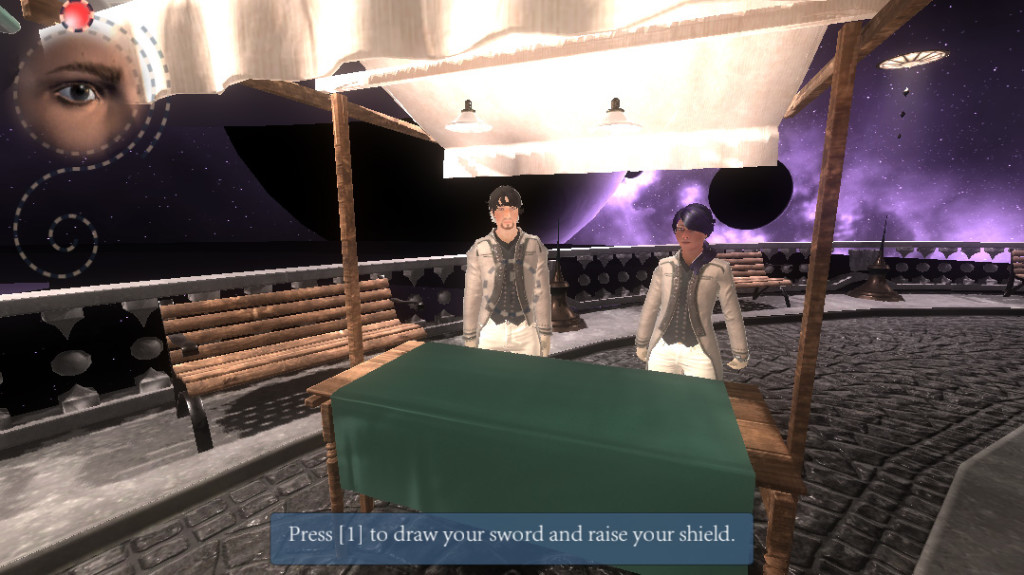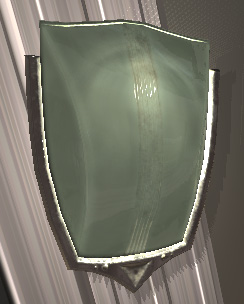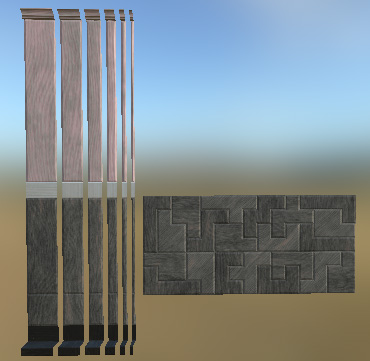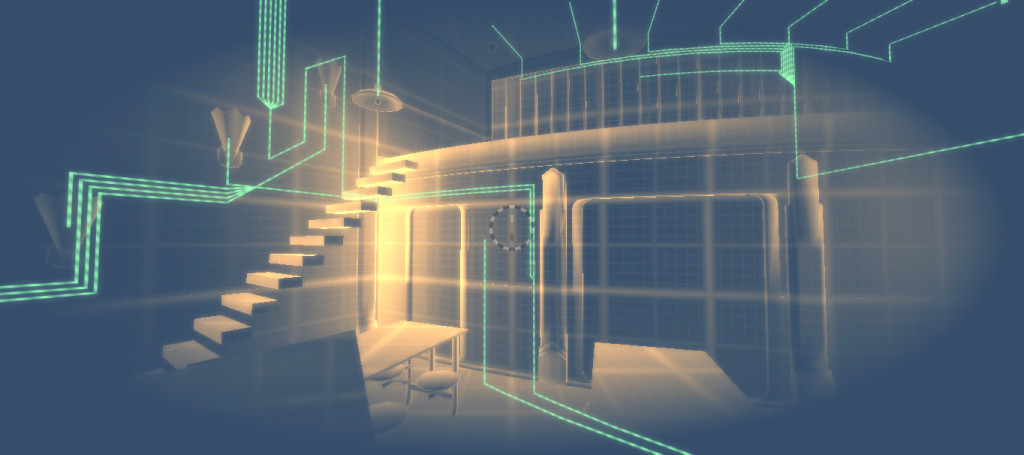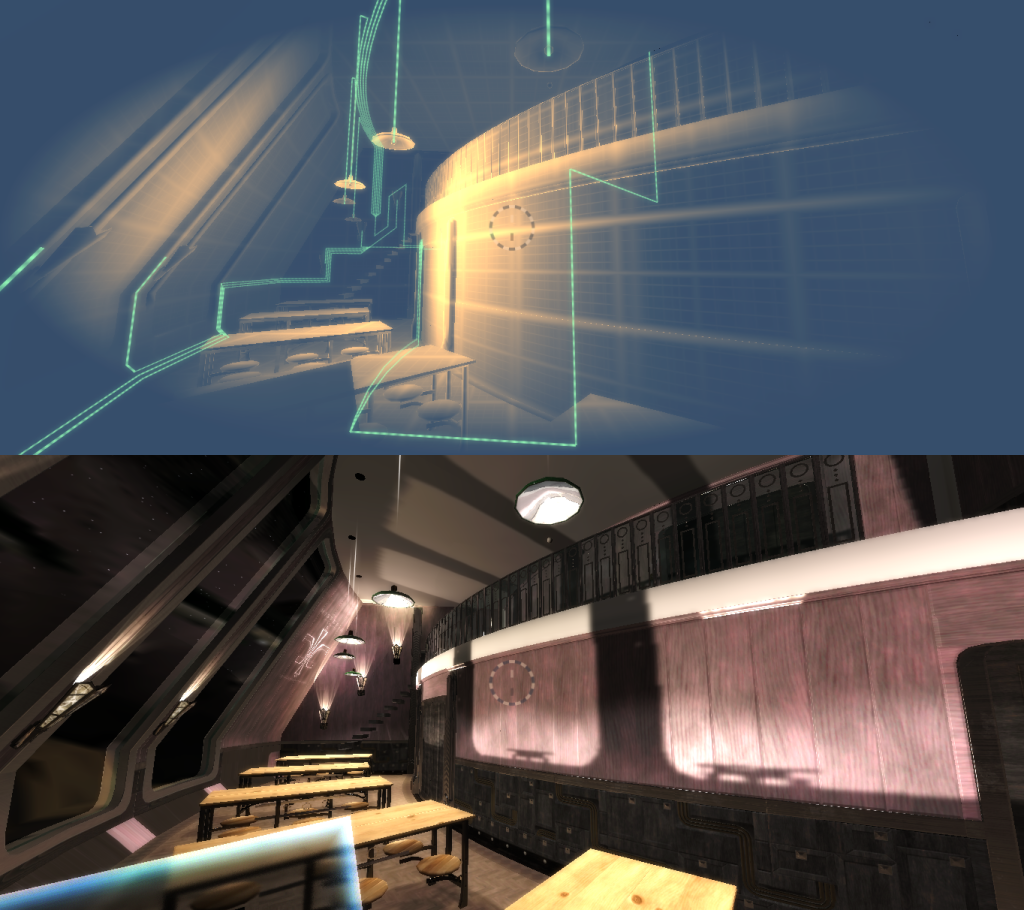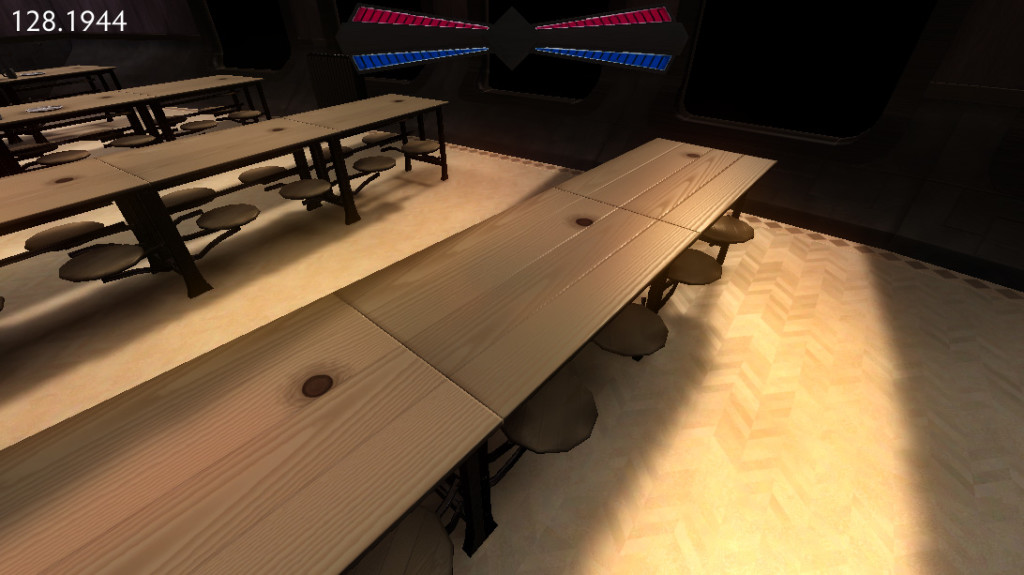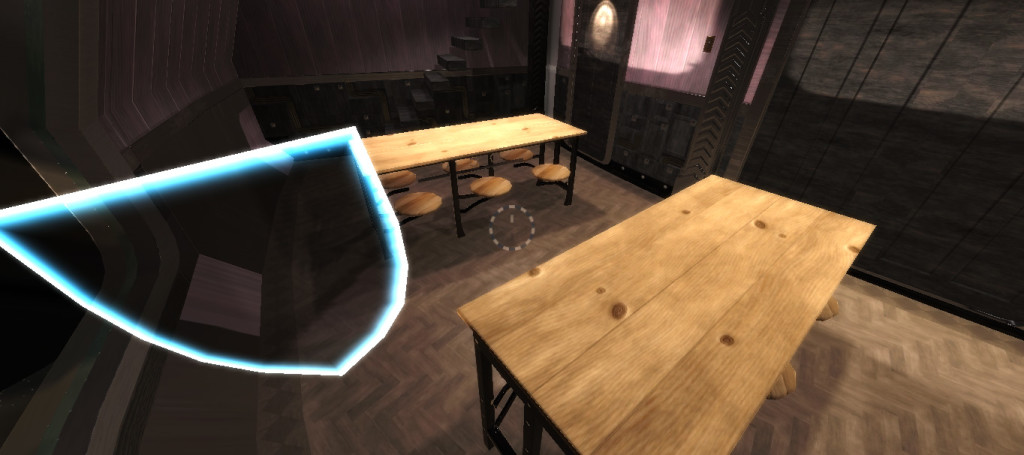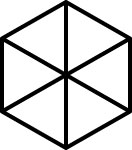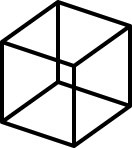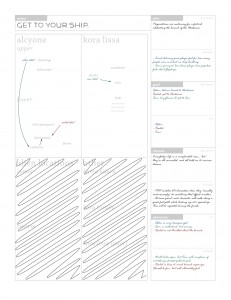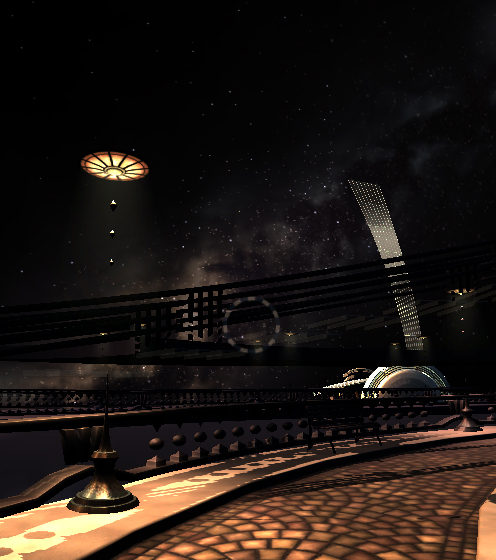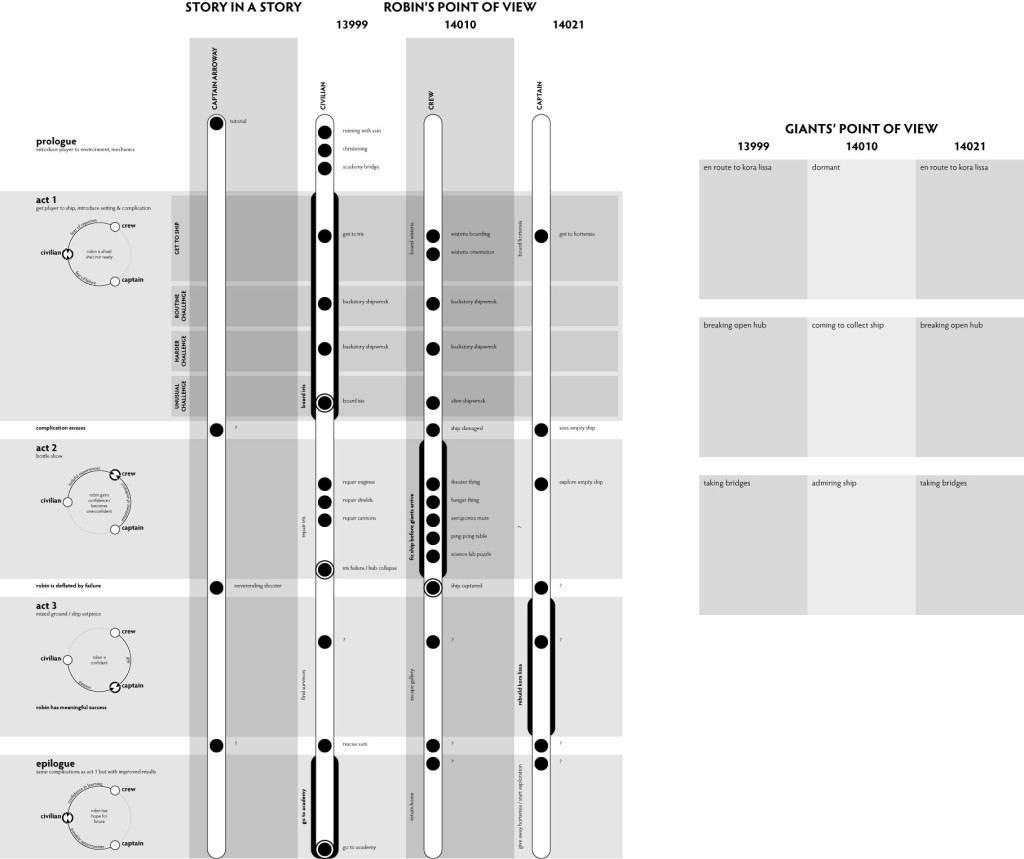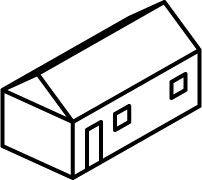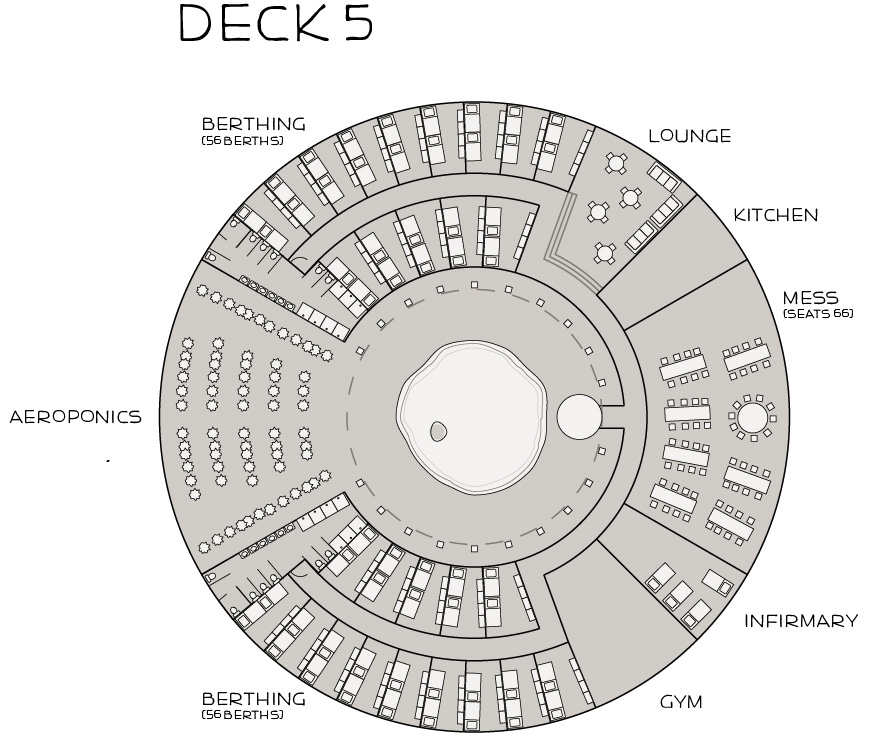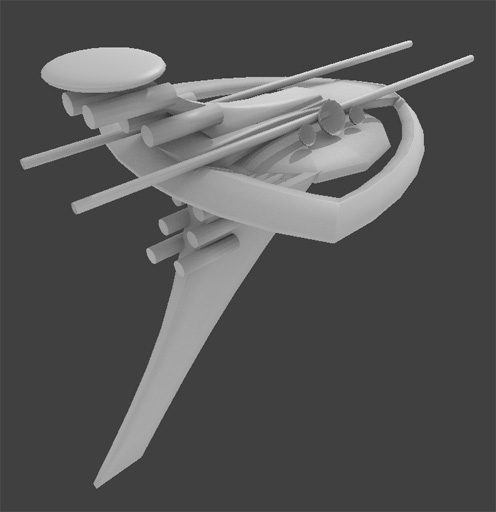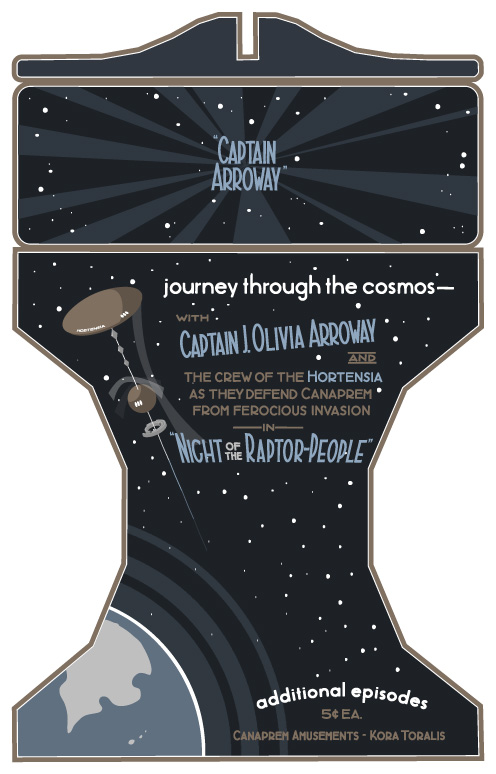Well, I probably should have realized this earlier, but for a variety of reasons, the weekly project update thing just isn’t going to work. In fact, packaging them in my head as weekly updates makes me less likely to post here. So I’m switching to updates-as-they make sense.
So, have a Tinselfly update!
I have started working on one of the first scenes in the story, which involves recruiters. Your character lives in a town whose main industry is shipbuilding, and they hold a signing festival upon the completion of large ships, on the deck and hull of the completed ship. It’s supposed to be an air-show-like thing where, in addition to vendor booths and aircraft demonstrations, people who worked on the completed ship sign their name on the hull in this sort of signing ceremony.
So your character during this scene will be a teenager, and there will be Navy and other non-military recruiters trying to grab your attention.
There are a number of technical and design problems I need to overcome here, but as my first real scene, most are not unique to this:
- I need a dialogue system, if only a temporary one while I decide how I want dialogue to work.
- I need to figure out how to get NPC facial animation, both expressions and lip synching. This LipSync Unity plug in looks promising.
- I need some puzzles to require you to visit each booth and pick up swag or talk to people; puzzles that give the player some introductory information about about her character, the world she lives in, and her relationship to various entities in it.
- There will be a Navy recruiting booth kinda like the real-life Air Force Performance Lab. It will feature a handful of interactive activities testing people’s fitness for the Navy. In addition to making those activities interactive for the player, I need to show a constant stream of NPCs interacting with the activities and moving through the booth.
Your character won’t ever join the Navy, but I’m the most worried about the Navy booth — and not because of the visitor NPC scripting or animation. I’m worried about getting the tone right. I don’t want to look like I’m commenting on historical or modern recruiting or military organizations; but I don’t want it to look like the game itself is all hey! look how cool this is! either. It has to be earnest and honest and feel real, and over-the-top on selling heroics only to the extent that a real booth like this might go nuts with creating this brand around individual heroism, to get visitors interested in their program.
